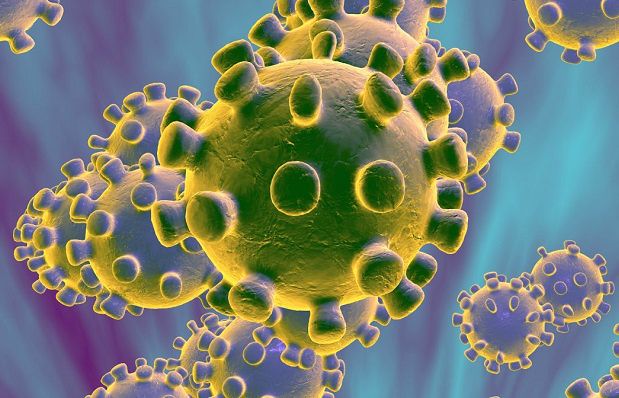New Delhi, Mar 15: Dozens of Hindu activists held a cow urine party in New Delhi on Saturday to protect themselves from the new coronavirus, as countries around the world struggle to control the deadly pandemic.
Members and supporters of the All India Hindu Mahasabha staged fire rituals and drank from earthen cups to fight the Covid-19 virus at the gathering in New Delhi dubbed a "gaumutra (cow urine) party".
"Whoever drinks cow urine will be cured and protected," Hari Shankar Kumar, a volunteer at the event, said as he served the remedy in brown clay cups.
Governments and scientists have said no medicine or vaccine is available to protect or cure people of the infection that has killed more than 5,400 people and infected nearly 150,000 across six continents.
Two people have died in India while more than 80 have fallen ill, and the government has ordered the closure of some land routes into the country and cancelled all visas to stop the spread of the virus in the world's second most populous country.
Members draped in saffron clothes chanted Hindu hymns at the fire ritual as devotees sang paeans for the sacred animal.
"We have gathered here and prayed for world peace and we will make an offering to the corona (virus) to calm it," Chakrapani Maharaj, the group's leader, told reporters before gulping down a cup of urine.
He then offered a glass to a devil-shaped caricature of the virus to "pacify" it.
He urged people to adopt the "tried and tested" practice of drinking cow urine to ward off diseases, and desist from killing animals and eating meat.
"The coronavirus is also a bacteria and cow urine is effective against all forms of bacteria that harm us," claimed Om Prakash, a participant from the neighbouring state of Uttar Pradesh.
One legislator from the BJP last week suggested use of the urine as well as cow dung can cure the coronavirus.






Comments
A Waste is a Waste.... God has created a system in our body and animals to throw out the excess wastage from our body... Guys please stay away from drinking the wastage and putting the wastage inside the body again . U will be a loser health wise and mentally.
Cows will surely think by seeing these people that human beings are stupid to drink our wastage... Drink its milk which is beneficial drink that God has given us.
If your faith is scientific, simply go to Corona infected patients and cure it.
If you are successful, Not only India the whole world will be Hindus.
If you cant, you will never do it with cow urine or any other urine. People will losse faith on your type of Hinduism.
wrost of worst human being..
when you worship the devil, the god will make you to dring urine, shit etc..and root in helll forver
Hindu regilion was very pure before now it become very ugly by so called hindu protector.
Add new comment